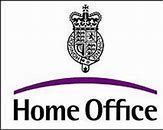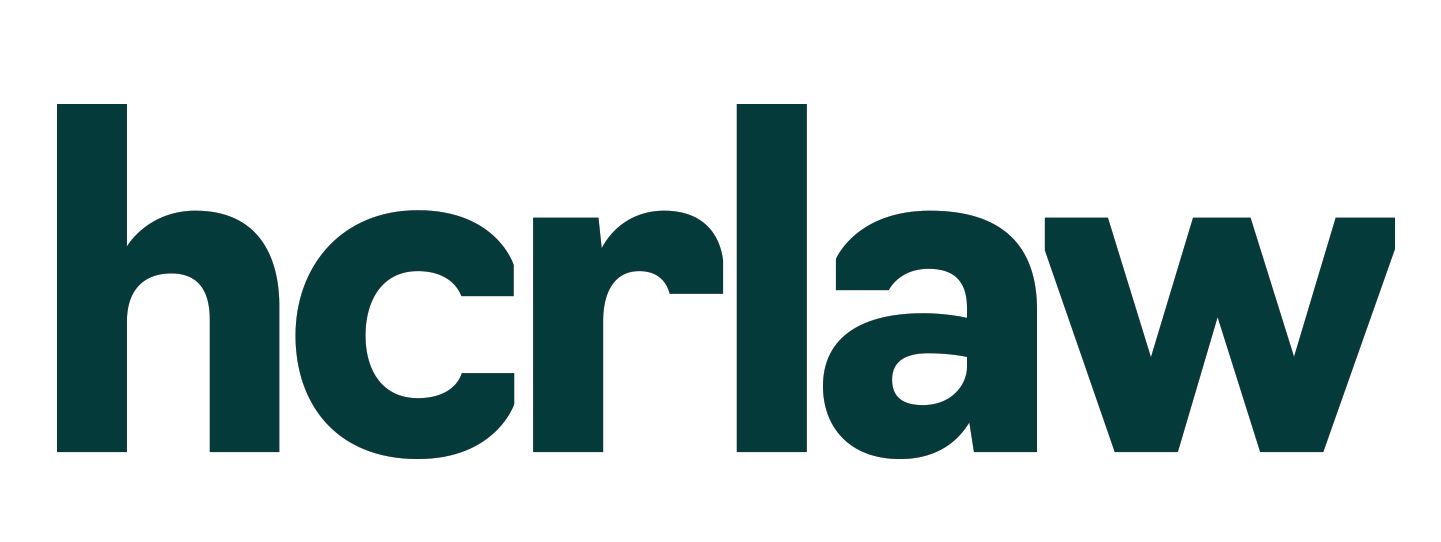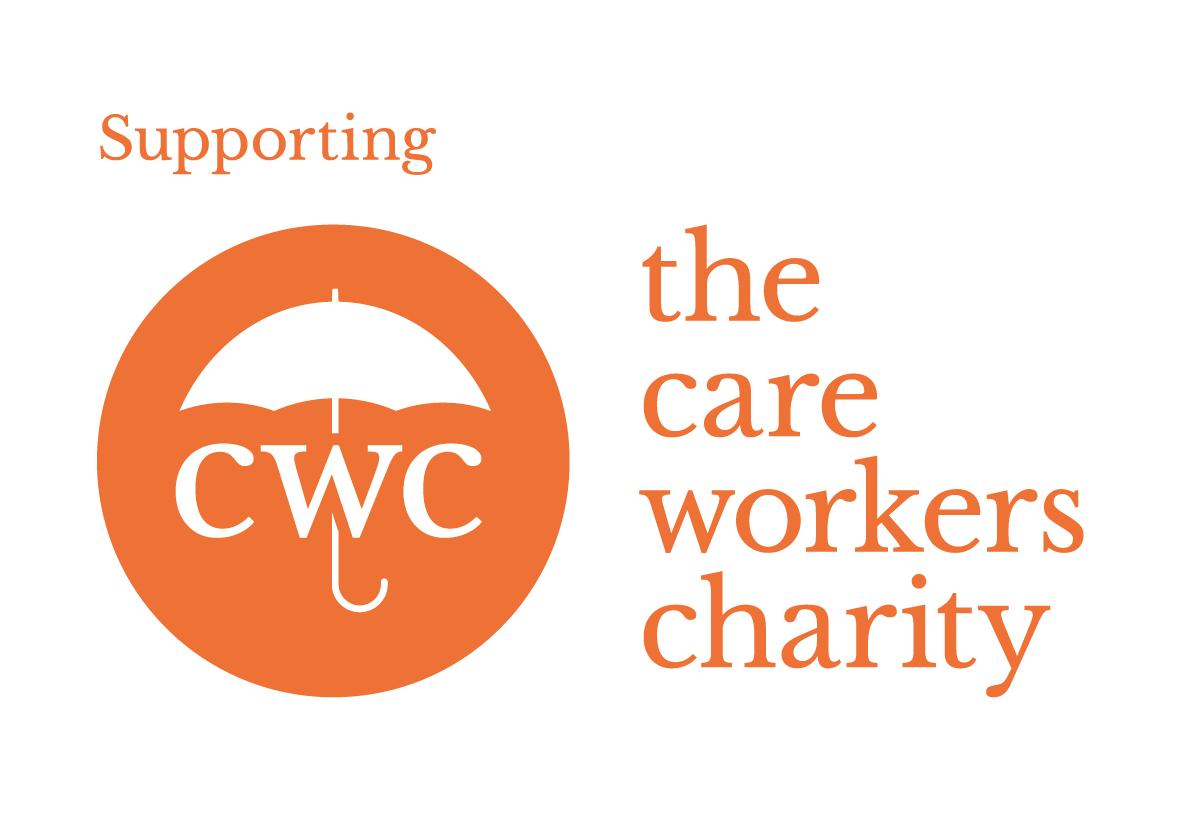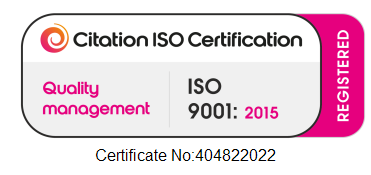Changes relating to care workers in the Skilled Worker route
The Government values the important contribution care workers from overseas make to social care services. However, too many providers have recruited care workers to the UK and failed to provide them with the work they were promised, or have subjected them to appalling exploitation. We have a duty to protect people against destitution, exploitation and modern slavery, and the best way to do so is through secure, properly paid work and employment conditions.
We are therefore making changes to address the growing pool of care workers and senior care workers in this route who no longer have sponsorship, because their sponsors have been unable to offer sufficient work and/or have lost their sponsor licences.
The changes require providers to try to recruit from this pool of workers who are seeking new employment, before seeking to sponsor new recruits from other immigration routes or from overseas.
The changes do not apply to workers outside England, or where providers are seeking to sponsor someone switching from another immigration route who has already been working for them for at least three months. We will keep the geographic coverage of this requirement under close review.
Changes to the minimum salary for Skilled Worker visas
A routine change is being made to update the minimum salary floor from £23,200 per year (or £11.90 per hour) to £25,000 per year (or £12.82 per hour). It is standard practice to update this and other salary requirements across work visa routes each year, using the latest Annual Survey of Hours and Earnings (ASHE) data from the Office for National Statistics (ONS). This ensures these salary requirements continue to reflect the latest pay situation for UK workers. As the Government intends to shortly publish an Immigration White Paper, the changes are being limited to only updating the minimum salary floor. This is to ensure it reflects the latest ASHE data and remains significantly above the National Living Wage, which is also increasing in April 2025.























